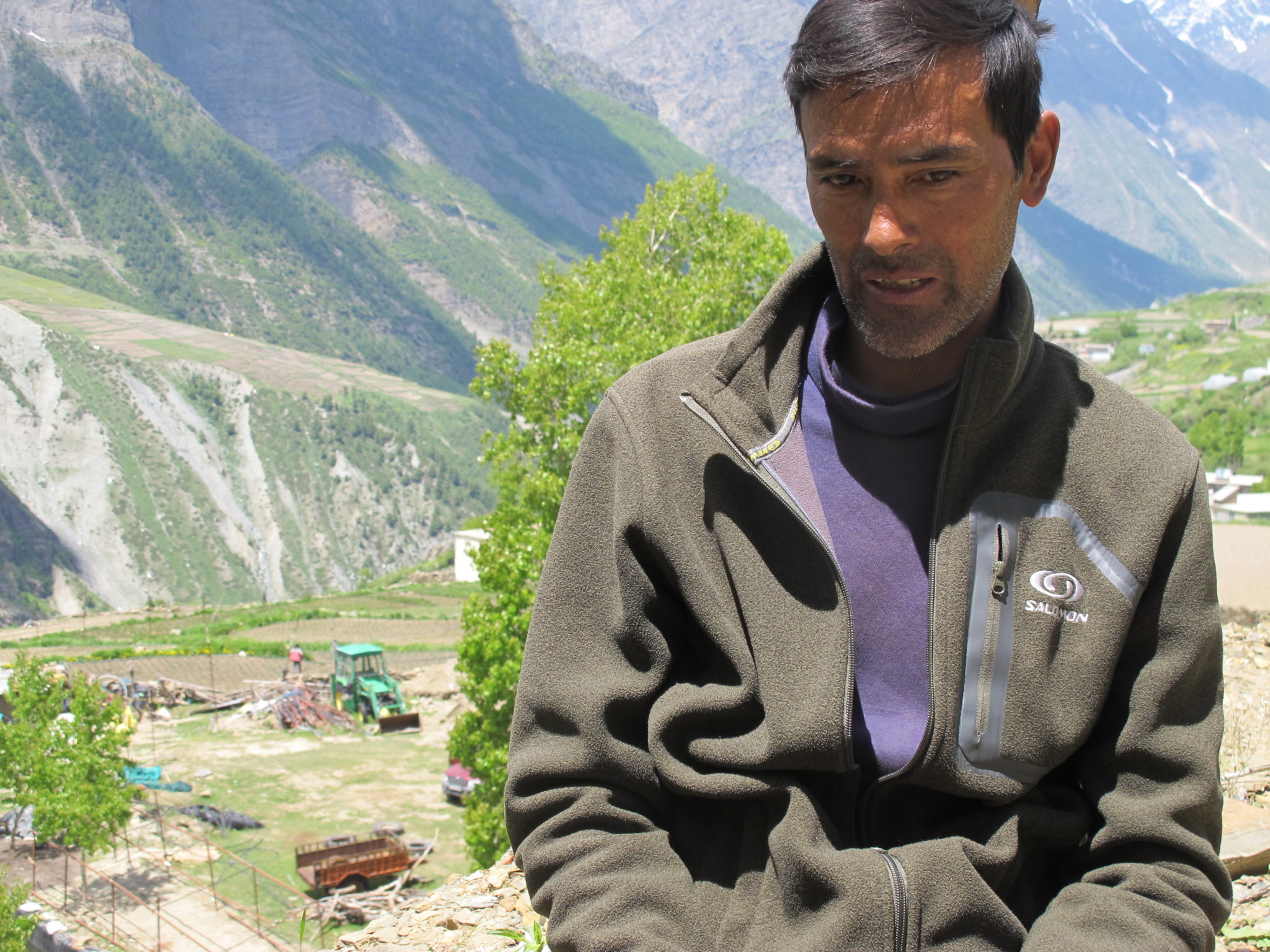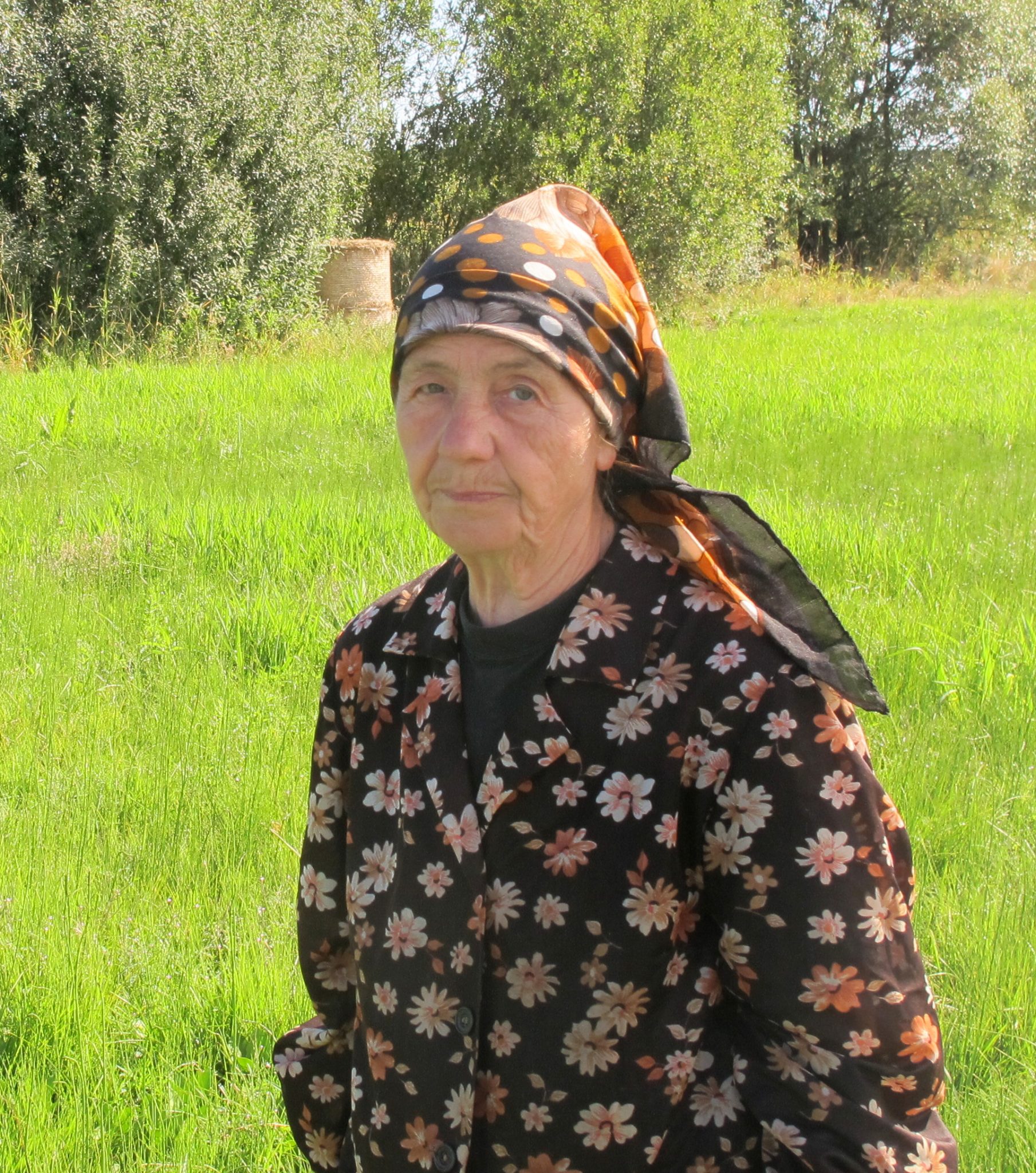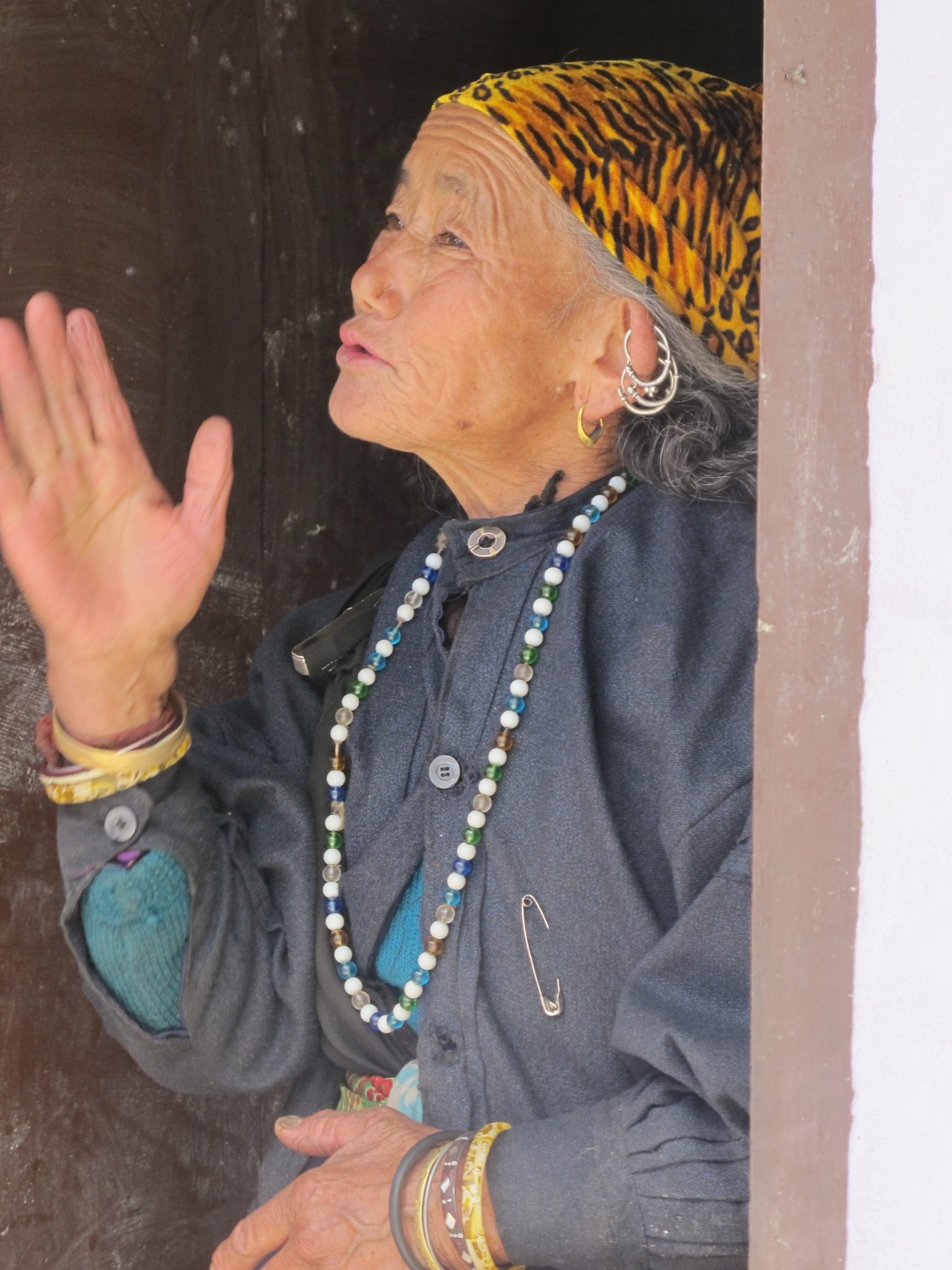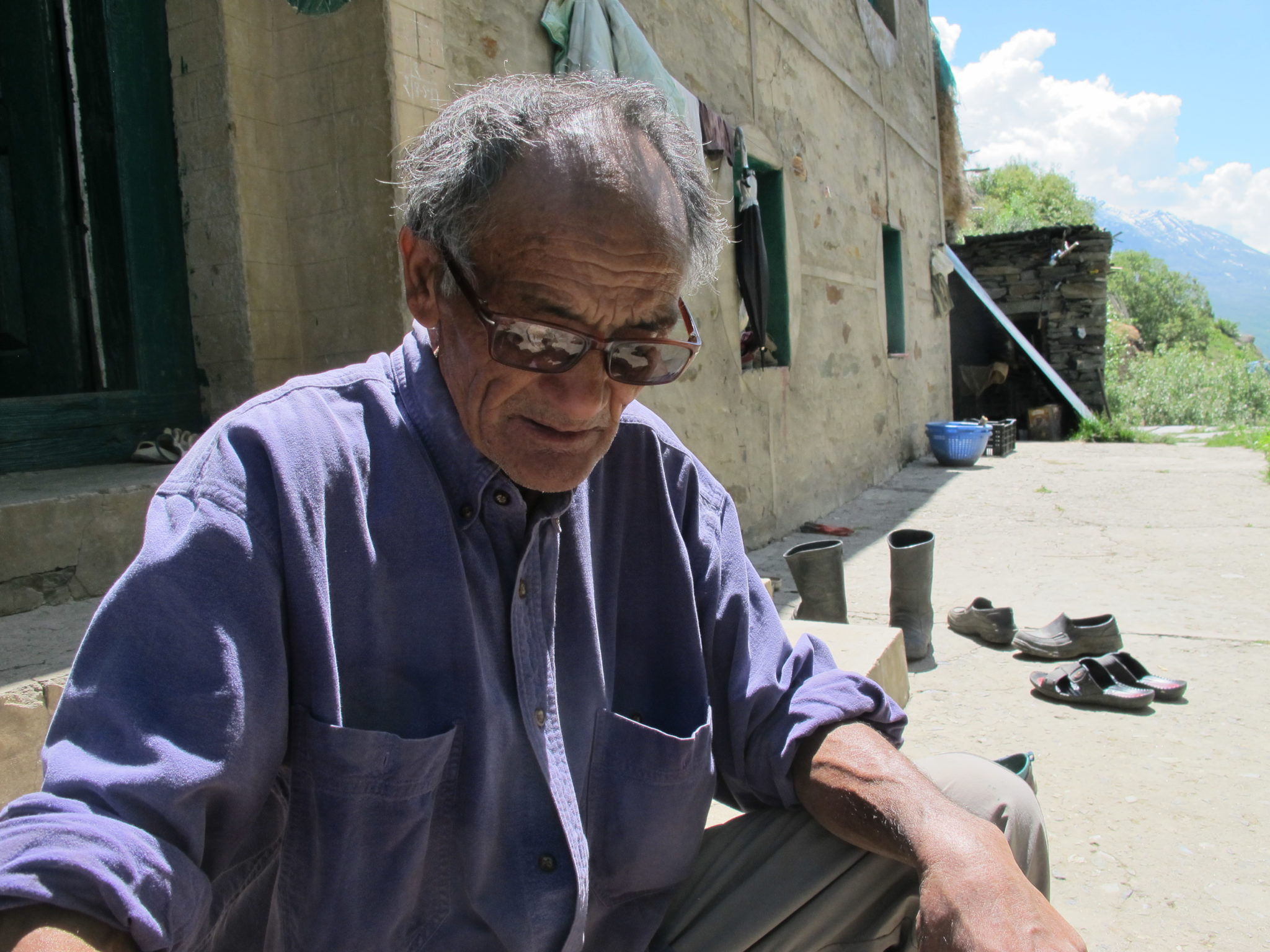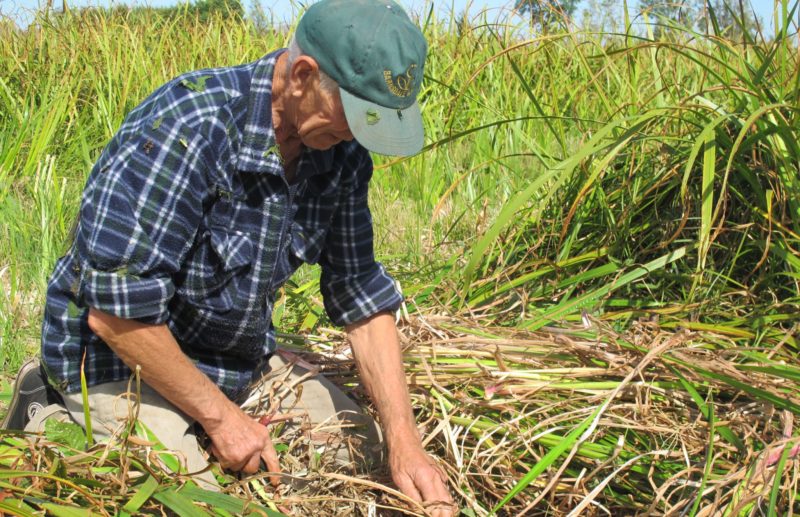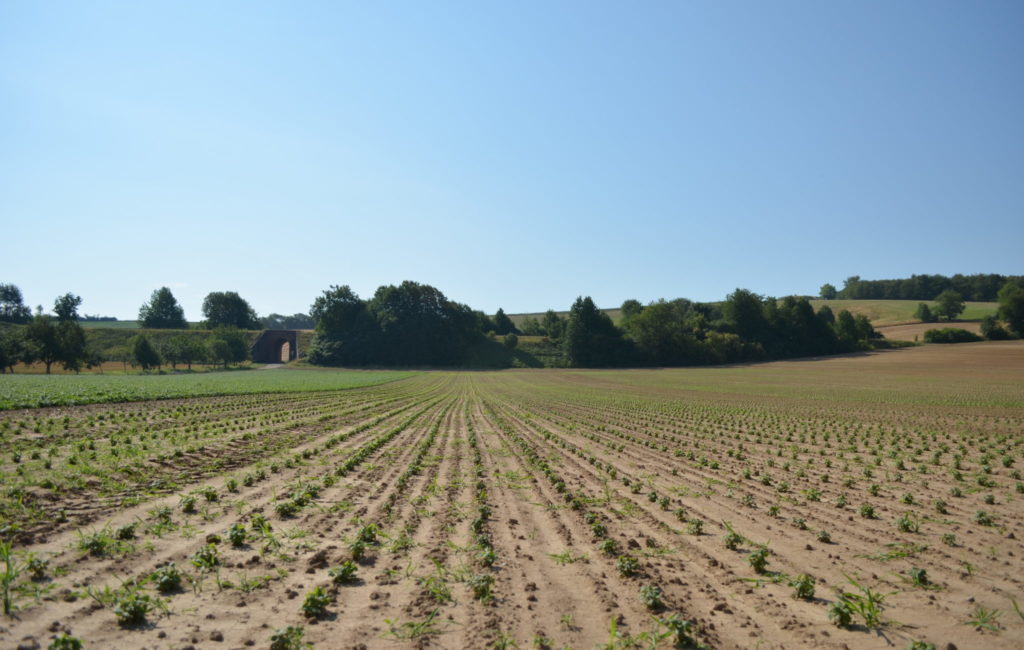
The Supply Chain
Production
by Ann Armbrecht
“We couldn’t reconcile making health products if the people who were harvesting the herbs were living in poverty or were not having their basic needs met. That didn’t add up. Part of the effect of the herbs has to do with the quality not only of the herbs but of the ecosystem but of the quality of life of the people involved.” Josef Brinckmann
I began this project to follow the journeys of plants as they move from being living entities growing in meadows and forests to products sitting on a store shelf. Yet what captured my attention at each step of the supply chain was not the plants, but the people—especially the men and women working directly with the plants, growing or collecting them in the fields and mountains they call home.
Stories
Conversations with these men and women were in broken English or with poor translation; most just scratched the surface. As I listened, I found surprising disparities between my assumption as a consumer and the realities in the supply chain. Here were huge piles of overly dried herbs, with thick spider webs covering uncovered herbs, the noisy machinery, the seeming chaos of so many different plants from so many different places. These observations are not what became important. Instead, what mattered were the people and their stories—and the way, even in such brief encounters, we were able to make a connection.
A month or so later as I walked down the tea aisle of our local food coop, a box of Traditional Medicinals Gypsy Cold Care tea caught my attention. The label on the box said that the elder flowers were FairWild certified and wild-collected from near the Bialowieza Forest in Poland. It described the region and the collectors, one of whom was likely the collector I had met while visiting Poland.
It struck me that this was probably the first time in my life I had visited the place where the raw materials for a product distributed on the international market had been sourced. I bought the tea. A subtle shift took place inside me—a realization of lowering of a defense that only surfaced because of its sudden absence—the defense against all that we can’t control about the impacts of every purchase we make. For this one box of tea, there was nothing to defend.
Healing
Commodity systems are complicated, things aren’t always what we want to believe, and the benefits don’t always flow to the people who deserve them. Supply chains are complex and, as with anything, it is important to do our homework.
In our focus on how plants heal us, we may have missed seeing how these plants also connect us to people whose lives the economy has rendered invisible. Having met these people on the far side of the supply chain, I came to see that it is important to ask not only how a product might serve me, but how my purchase might help people involved in its production. The plants re-connect us with the larger ecological web of life, as well as a broader social and cultural web. Could this be a key piece of the healing that plants and the people who produce them make possible?
Learn more:

